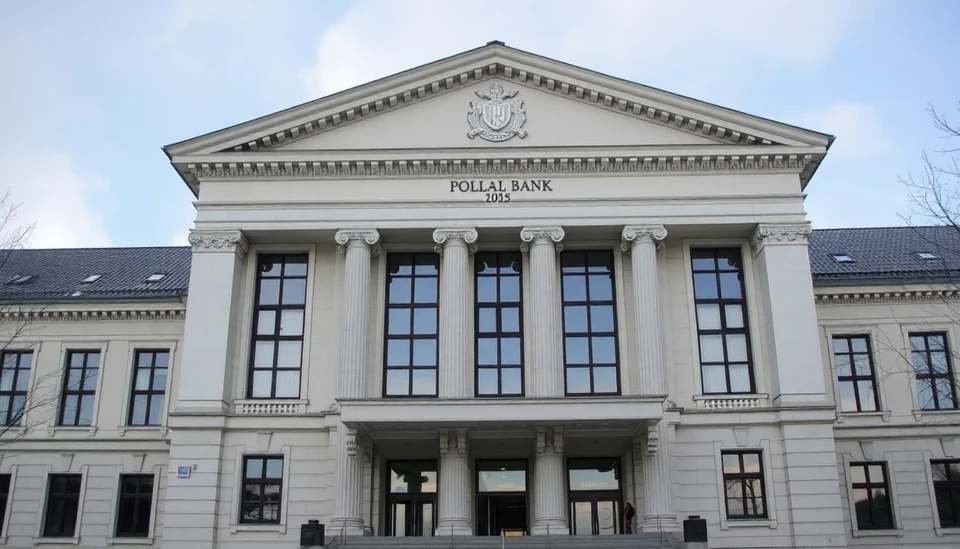
Recent data from Poland has indicated that wage growth is slowing, which analysts suggest could lead the National Bank of Poland to consider cutting interest rates in the near future. The annual wage growth rate, which had previously shown signs of robust increases, has now softened significantly, raising expectations regarding monetary policy adjustments.
According to the latest reports, average wage growth fell to 7.1% in March, down from 8.4% in February. This marked decline indicates a shift in the economic landscape, where firms are becoming more cautious about salary increases amid uncertainties surrounding inflation and consumer spending. Economists had anticipated a slower growth trajectory, but the dip was more pronounced than some had expected, intensifying the conversation around a potential interest rate cut as early as May.
The National Bank of Poland has been under pressure to recalibrate its monetary policy in response to changing economic indicators. With inflation rates experiencing a gradual decrease and consumer confidence wavering, many experts speculate that the central bank may adopt a more accommodative stance to stimulate economic activity. Lowering interest rates could provide relief to borrowing costs, which would, in turn, bolster investments and consumer spending.
Polish officials and economists alike are now closely monitoring the central bank's monetary strategy, particularly ahead of their next policy meeting scheduled for May. The forthcoming decisions will likely hinge not only on wage growth figures but also on broader economic signals, including inflation, consumer demand, and external economic conditions influencing Poland.
The implications of this potential rate cut could be vast, affecting everything from mortgage rates to personal loans and business financing. A lowered rate environment would aim to spur growth in a time when uncertainties loom regarding Poland's economic outlook, especially with international markets experiencing volatility.
Investors and market analysts are keeping a keen eye on the outcomes of these developments. With global interest rates undergoing changes in various economies, any movement from the National Bank of Poland to reduce rates could also align Polish monetary policy with trends seen in other countries grappling with similar inflationary pressures.
Overall, the combination of softer wage growth and conducive inflation metrics seems to be paving the way for significant changes in Poland's interest rate policy. The upcoming months will be critical in determining how these economic indicators come together and what they ultimately mean for the Polish economy moving forward.
As we approach the central bank's policy meeting, all eyes will remain fixed on upcoming economic data and forecasts, which will likely suggest the trajectory of wage growth and its impact on interest rates.
Should the anticipated cuts materialize, this may signal a new chapter in Poland’s economic approach, seeking to adapt to the evolving global economic climate.
#Poland #InterestRates #WageGrowth #EconomicPolicy #NationalBankOfPoland
Author: Rachel Greene




